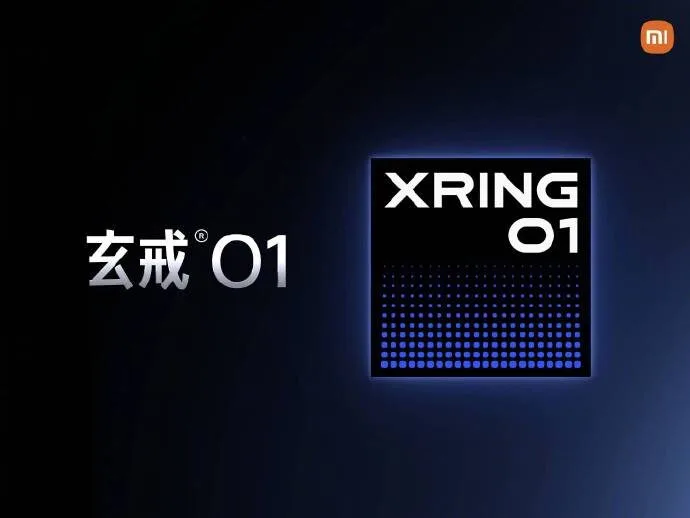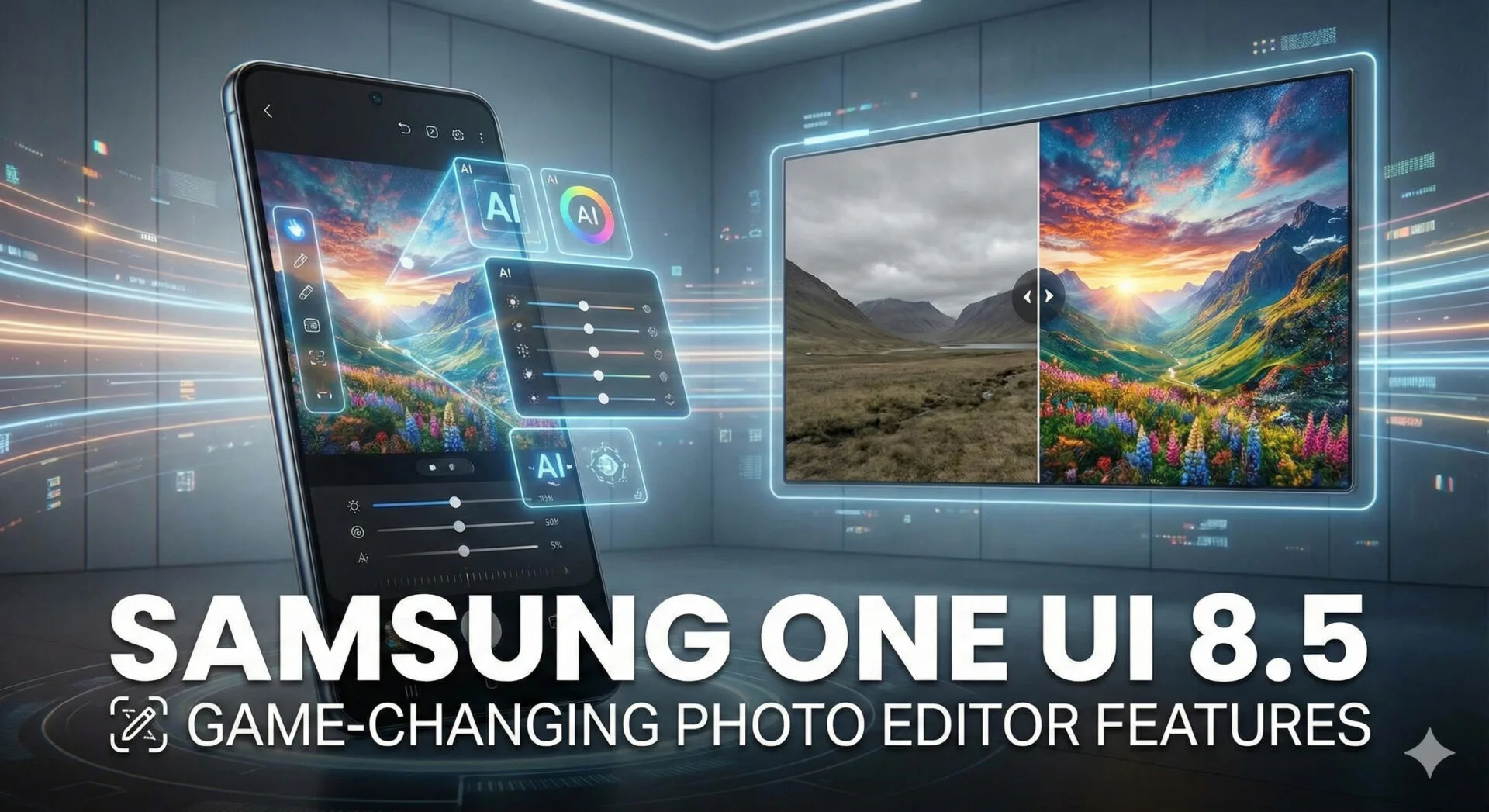Xiaomi is poised to make a significant leap in the semiconductor industry with the introduction of its self-developed mobile chip, the XRING 01. This strategic move marks Xiaomi’s renewed commitment to in-house chip development, aiming to enhance device performance and reduce reliance on external suppliers.
A Strategic Shift Towards In-House Chip Development
Xiaomi’s journey into chip development began in 2014, culminating in the release of the 28nm Pengpai S1 in 2017. However, due to high development costs, the company shifted its focus to less complex chips by 2019. The resurgence of this initiative in 2021 led to the establishment of Shanghai Xuanjie Technology, a wholly-owned subsidiary under X-Ring Limited, with a registered capital of CNY 1.5 billion (approximately $235.3 million). This move underscores Xiaomi’s ambition to emulate the success of competitors like Huawei’s HiSilicon Kirin brand.
Technical Specifications of the XRING 01
The XRING 01 is designed with a triple-cluster CPU architecture:
- 1x Cortex-X3 core for high-performance tasks.
- 3x Cortex-A715 cores for balanced performance and energy efficiency.
- 4x Cortex-A510 cores optimized for low power consumption.
For graphics processing, the chip integrates an ARM Mali GPU, known for its reliability in multimedia and gaming applications. Connectivity is facilitated through a MediaTek modem, providing robust 5G, Wi-Fi, and Bluetooth capabilities.
Manufacturing and Technological Advancements
The XRING 01 is manufactured by TSMC using its advanced 3-nanometer process, aligning Xiaomi with cutting-edge semiconductor fabrication technologies. This collaboration ensures that Xiaomi’s chip meets the highest standards of performance and efficiency.
Integration into Xiaomi’s Ecosystem
The XRING 01 is expected to debut in Xiaomi’s upcoming flagship devices, such as the Xiaomi 15S Pro, codenamed “dijun.” This integration aims to provide seamless hardware-software optimization, particularly with Xiaomi’s HyperOS, enhancing user experience across its product lineup
Strategic Implications and Market Positioning
By developing the XRING 01, Xiaomi aims to:
- Reduce dependence on external chip suppliers like Qualcomm and MediaTek.
- Enhance vertical integration for better hardware-software synergy.
- Strengthen its position in the global smartphone market by offering unique, in-house technology
This strategic move positions Xiaomi to compete more effectively with industry leaders who have already adopted similar approaches.
Conclusion
The introduction of the XRING 01 chip signifies a pivotal moment for Xiaomi, reflecting its commitment to innovation and self-reliance in technology development. As the company continues to integrate this chip into its devices, consumers can anticipate enhanced performance, efficiency, and a more cohesive user experience.







Leave a Reply